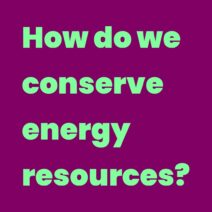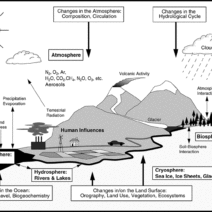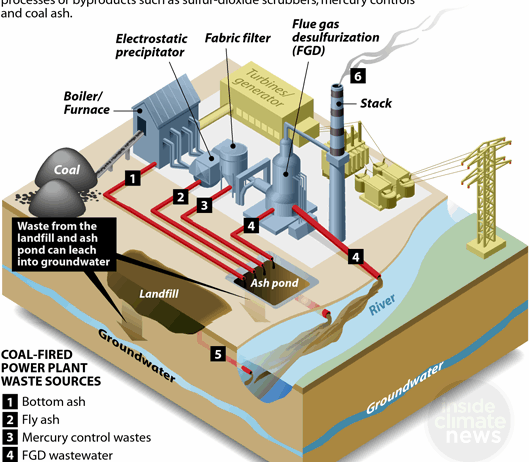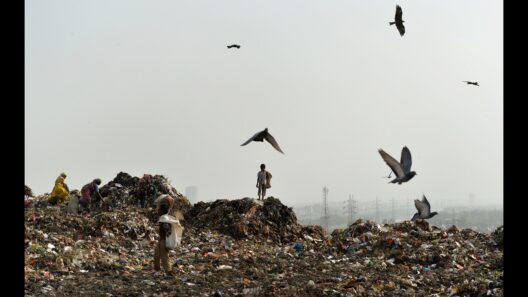In an era where climate change is increasingly recognized as an existential threat, the ramifications of water pollution often lurk in the shadows, awaiting their moment to unleash devastation. The interrelationship between climate change and toxic waters necessitates a nuanced understanding of the dire consequences that emerge when pollutants penetrate our waterways. This exploration delves into the complex tapestry of water pollution, elucidating its intricate connections to climate dynamics, ecosystem integrity, and human health.
Water, essential for life, is a finite and precious resource. Yet, it is beleaguered by a multitude of contaminants that stem from various anthropogenic activities. Industrial waste, agricultural runoff, and urban effluents saturate our water bodies with a cocktail of heavy metals, chemicals, and pathogens. These toxic elements not only wreak havoc on aquatic ecosystems but also bear profound implications for atmospheric conditions, thereby exacerbating the very climate crises we strive to mitigate.
At the core of the issue is the concept of eutrophication, a process fueled by nutrient loading — primarily nitrogen and phosphorus — from fertilizers and untreated sewage. This phenomenon precipitates algal blooms that deoxygenate water, leading to hypoxic conditions, or dead zones, which can obliterate marine biodiversity. The cascading effects include disruptions in food webs, diminished fish populations, and loss of vital habitat, ultimately impinging upon the livelihoods of those who depend on these resources. As such, it becomes apparent that neglecting water pollution translates to irreparable damage to our climate resilience.
Moreover, the interplay between toxic waters and climate change is bidirectional. Climate change intensifies the frequency and severity of extreme weather events, subsequently elevating the risks of flooding and storm surges. These phenomena not only expose communities to immediate hazards but also facilitate the dispersion of contaminants into nearby water sources. Contaminants that were once sequestered can swiftly infiltrate ecosystems, triggering health crises and ecological imbalances. This vicious cycle underscores the urgent need for a holistic approach to environmental stewardship, recognizing that fragmented solutions will only serve to perpetuate existing challenges.
The ramifications extend beyond ecological degradation; they have profound implications for human health. Contaminated waters often become vectors for waterborne diseases, which disproportionately affect vulnerable populations. Inundated with pollutants, communities face heightened risks of gastrointestinal illnesses, neurological disorders, and reproductive complications. The burden of these health outcomes detracts not only from the quality of life but also imposes significant economic costs on healthcare systems. With increasing urgency, addressing water pollution becomes paramount not only for ecological viability but also for safeguarding human well-being.
Yet, amid the bleak landscape of water pollution resides a glimmer of hope. Governments, NGOs, and private entities are rallying to forge innovative solutions aimed at ameliorating the crisis. The integration of green infrastructure — such as permeable pavements, rain gardens, and constructed wetlands — into urban planning represents a promising shift toward sustainable water management. These strategies enhance natural filtration processes, mitigate runoff, and promote groundwater recharge, embodying a paradigm shift in how societies perceive and interact with their water resources.
Simultaneously, the advocacy for stricter regulations on industrial discharges signals a proactive stance against water pollution. Initiatives geared towards transparency and accountability can empower communities to demand cleaner waterways, fostering a sense of agency in tackling the pollution conundrum. By galvanizing public engagement and education, a cultural shift can emerge — one where individuals and communities take conscious steps to preserve the integrity of water systems.
Research and technological advancements also hold immense potential in combating water pollution. The development of biodegradable materials, filtration technologies, and bioremediation techniques exemplifies humanity’s ingenuity in addressing environmental challenges. These innovations promise not only to mitigate the impacts of pollutants but also to regenerate ecosystems that have been ravaged by industrial activities. As scientists and practitioners collaborate across disciplines, a wealth of knowledge and best practices can be cultivated to inform effective policy-making and grassroots initiatives.
As the interdependence between climate action and water quality becomes increasingly evident, the urgency to adopt an integrated approach cannot be overstated. Water pollution is not merely a localized issue; it reverberates through the global climate system, implicating every facet of life on Earth. By addressing the root causes of pollution and investing in sustainable practices, society can forge a path toward climate resilience. This necessitates collective action, where each individual recognizes their role in championing clean water initiatives and environmental protection.
In summation, the intricate relationship between toxic waters and climate change unveils a tapestry of challenges that must be navigated with diligence and unwavering resolve. As toxic contaminants infiltrate our waterways, they catalyze a cascade of ecological, health, and climate crises. Through innovative solutions and a commitment to stewardship, one can envisage a future where clean water coexists with a stable climate. The question remains: are we prepared to heed the call for action, redefining our relationship with this indispensable resource? The answers lie in our collective willingness to become the custodians of our planet’s water systems.








